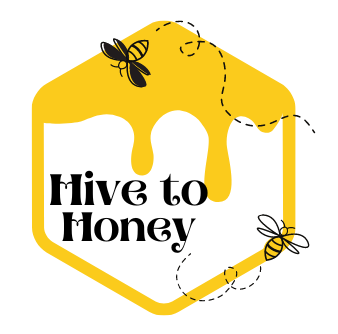Honey Bee Anatomy
Anatomy of a Bee: An Overview of the Honey bee's Anatomy and Its Functions
Honey bees are fascinating creatures that play a crucial role in pollination and honey production. To appreciate their complexity and understand their remarkable abilities, it’s essential to explore the anatomy of a bee. In this article, we will provide an overview of the honey bee’s anatomy, highlighting the structures and functions that contribute to their incredible capabilities.
Honey Bee Anatomy:
The external anatomy of a honey bee includes several distinct features that contribute to its survival and functionality:
- Head: The head contains compound eyes, antennae, and mouthparts. Compound eyes provide excellent vision, enabling bees to navigate and locate flowers. The antennae play a crucial role in sensing and detecting chemical signals.
- Thorax: The thorax is divided into three segments: the prothorax, mesothorax, and metathorax. Each segment bears a pair of legs used for walking, collecting pollen, and manipulating food. The mesothorax and metathorax also house the wings, enabling flight.
- Abdomen: The abdomen consists of several segments and is responsible for digestion, reproduction, and storing honey. The stinger, found in female worker bees and the queen, is also located in the abdomen.
Inside the honey bee’s body, various organs and structures contribute to its physiological functions:
- Digestive System: The digestive system includes the mouthparts, salivary glands, crop, stomach, and intestine. Bees collect nectar and pollen, which are transformed into honey and bee bread through enzymatic processes. The nutrients derived from these food sources fuel their activities and nourish the colony.
- Respiratory System: Bees breathe through a network of tiny tubes called tracheae. Oxygen enters the body through spiracles located on the sides of the abdomen, and carbon dioxide is expelled through the same openings.
- Circulatory System: Bees have an open circulatory system. Their main circulatory organ, the dorsal vessel, pumps hemolymph (a fluid similar to blood) throughout the body. Hemolymph transports nutrients, hormones, and immune cells.
- Nervous System: The nervous system consists of a brain, ventral nerve cord, and ganglia. Bees have a highly developed sensory system, allowing them to perceive and respond to their environment. They can detect odors, colors, and polarized light, aiding in foraging and communication.
- Reproductive System: The reproductive system differs between worker bees and the queen. Worker bees have underdeveloped reproductive organs, while the queen possesses an extensive reproductive system, including ovaries and a spermatheca for storing sperm.
- Wax Glands: Wax glands are specialized structures located on the underside of the abdomen. Worker bees produce wax from these glands to construct the hexagonal cells of the comb, providing a structure for brood rearing and honey storage.
In addition to the major anatomical features, honey bees possess several specialized structures that contribute to their survival and social structure:
- Proboscis: The proboscis, a long tube-like tongue, allows bees to collect nectar from flowers. They extend and retract it to reach deep into flowers’ nectar-producing structures.
- Pollen Baskets: Worker bees have flattened areas on their hind legs called pollen baskets or corbiculae. These structures enable bees to collect and transport pollen back to the hive for food storage.
- Stinger: The stinger is a defensive structure found in female worker bees and the queen. It contains a venom sac and barbed stinger that can deliver venom when used for defense.
The anatomy of a honey bee is a marvel of intricate structures and adaptations that contribute to its survival, foraging capabilities, and colony functioning. From the compound eyes and antennae that aid in navigation and communication to the specialized mouthparts for collecting nectar and pollen, each anatomical feature plays a crucial role in the bee’s life. Understanding the honey bee’s anatomy helps us appreciate their remarkable abilities and underscores the importance of protecting these vital pollinators in our ecosystem.
More From The Hive:

Unveiling Turkey’s Sweet Symphony: Exploring Honey Types and Varieties
Turkey, a land where ancient traditions meet breathtaking landscapes, has a rich history of honey production and a remarkable diversity of honey types. With its diverse climate zones, vast floral resources, and a strong culture of beekeeping, Turkey offers an ideal environment for bees to gather nectar and create a

Discovering Ethiopia’s Golden Treasures: A Journey Through Honey Types and Varieties
Ethiopia, a land known for its rich history, vibrant culture, and breathtaking landscapes, is also celebrated for its diverse and high-quality honey production. With its lush forests, fertile valleys, and vast floral resources, Ethiopia offers an ideal environment for bees to thrive and create a wide range of honey types.
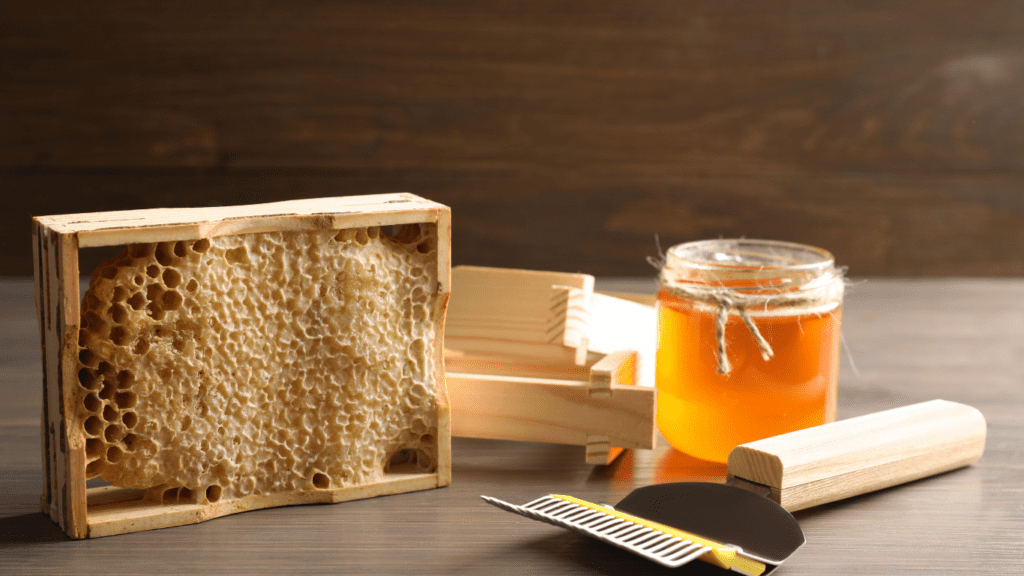
Getting Started with Beekeeping: Essential Equipment and Supplies
Starting your journey as a beekeeper is an exciting endeavor that allows you to connect with nature, support pollinators, and reap the rewards of honey production. To set yourself up for success, it’s crucial to have the right equipment and supplies. In this blog, we will guide you through the
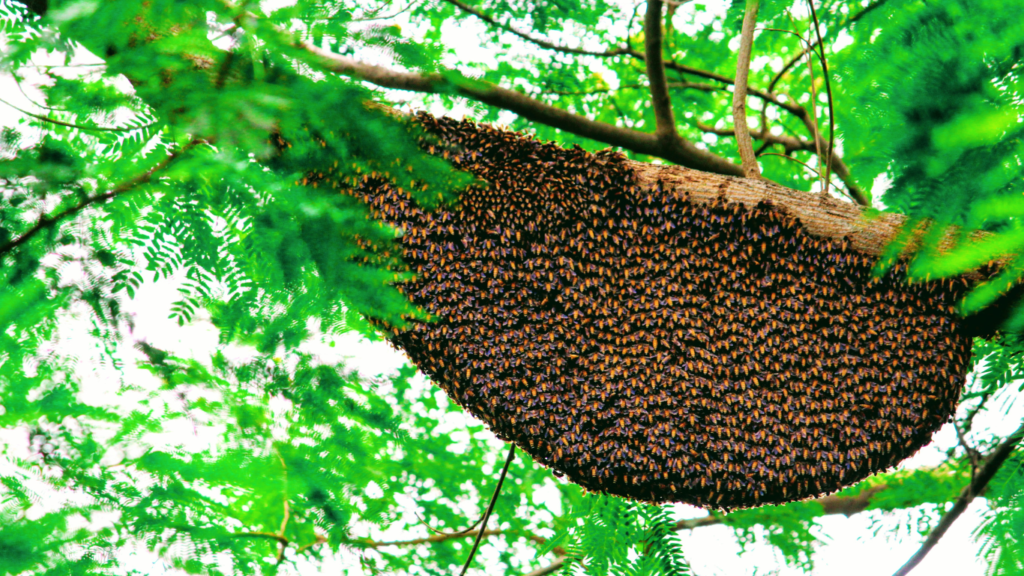
Choosing the Right Hive: Exploring Different Beehive Types
Selecting the right beehive is a crucial decision for beekeepers. The beehive serves as the home for your honeybee colony and plays a vital role in its success and productivity. With various hive types available, it’s important to understand their unique characteristics and suitability for your beekeeping goals. In this
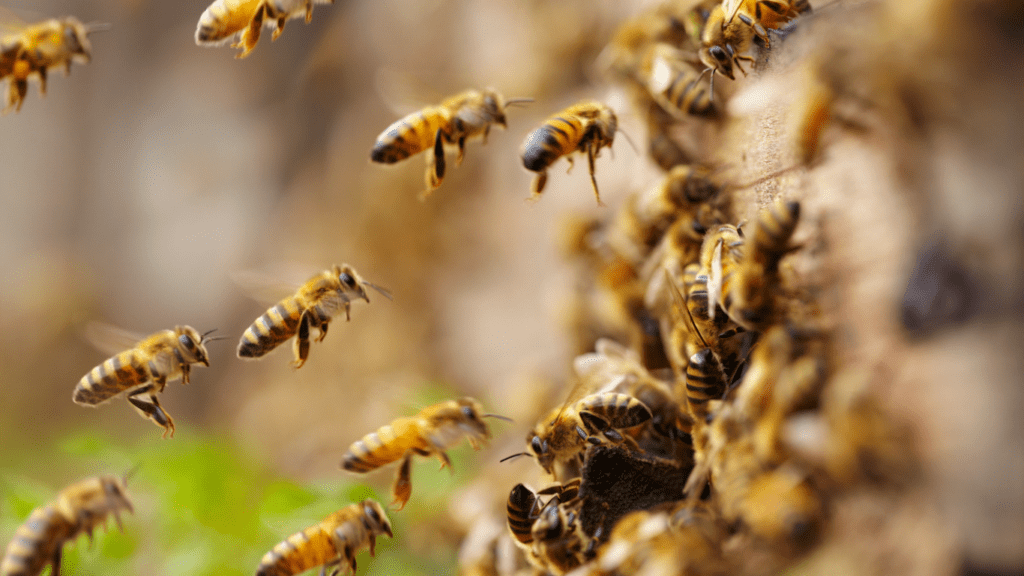
The ABCs of Bees: A Beginner’s Guide to Understanding Bee Basics
Bees are incredible creatures that have been buzzing around for millions of years, playing a vital role in our ecosystem. From pollinating flowers to producing delicious honey, bees are an integral part of our natural world. If you’re new to the world of bees and want to unravel the secrets
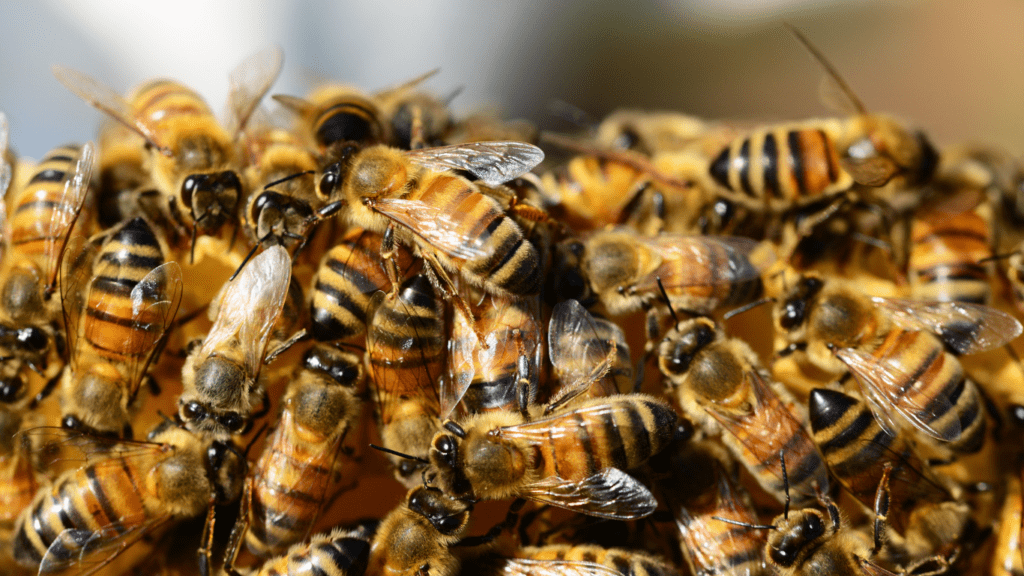
The Secret Life of Bees: Unraveling the Intricacies of Bee Behavior
Bees, with their intricate social structure and fascinating behaviors, lead a secret life that is both awe-inspiring and complex. As we delve into the hidden world of bees, we uncover a realm of communication, cooperation, and efficiency that is vital to their survival and our ecosystem. In this blog, we
